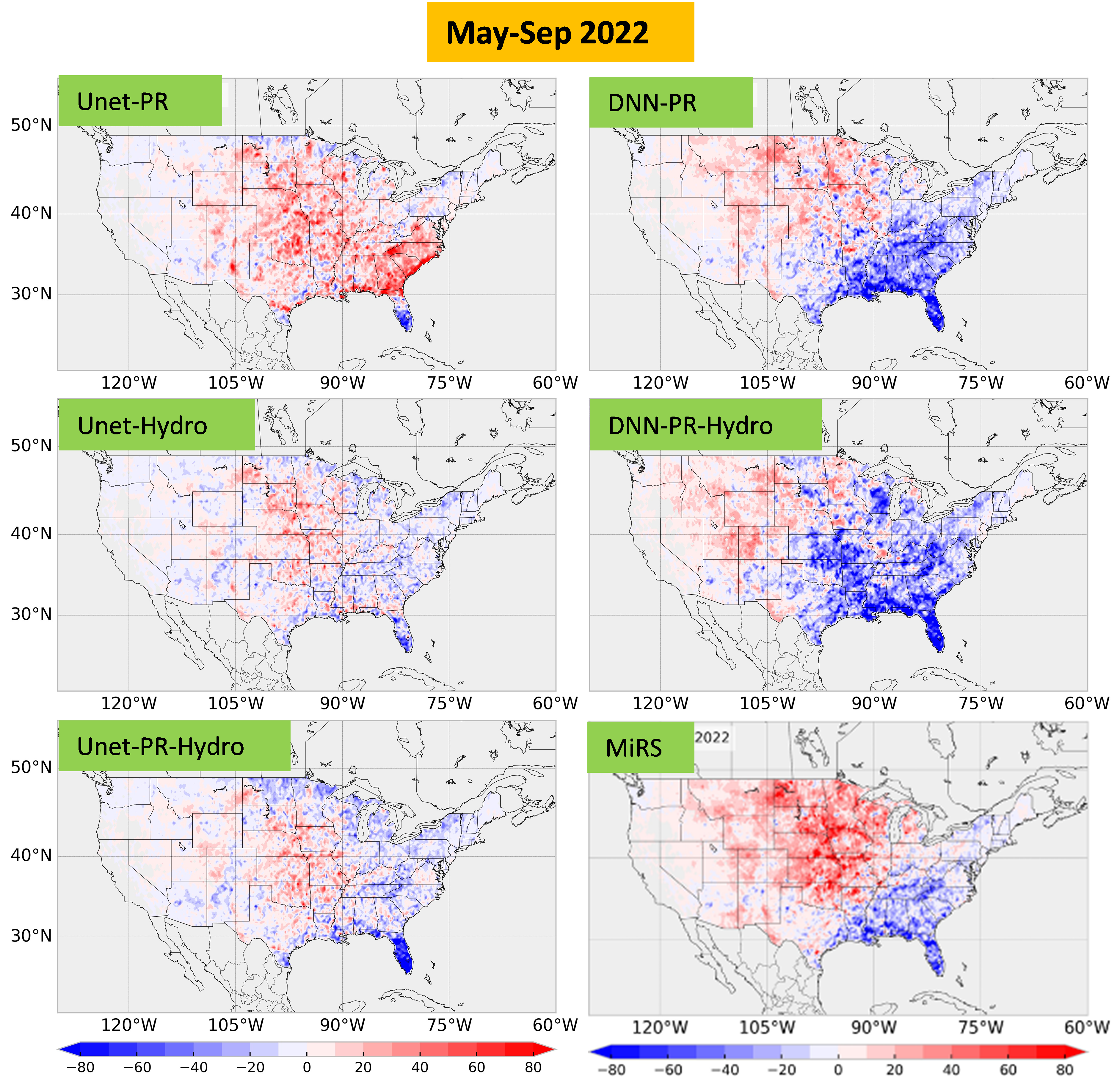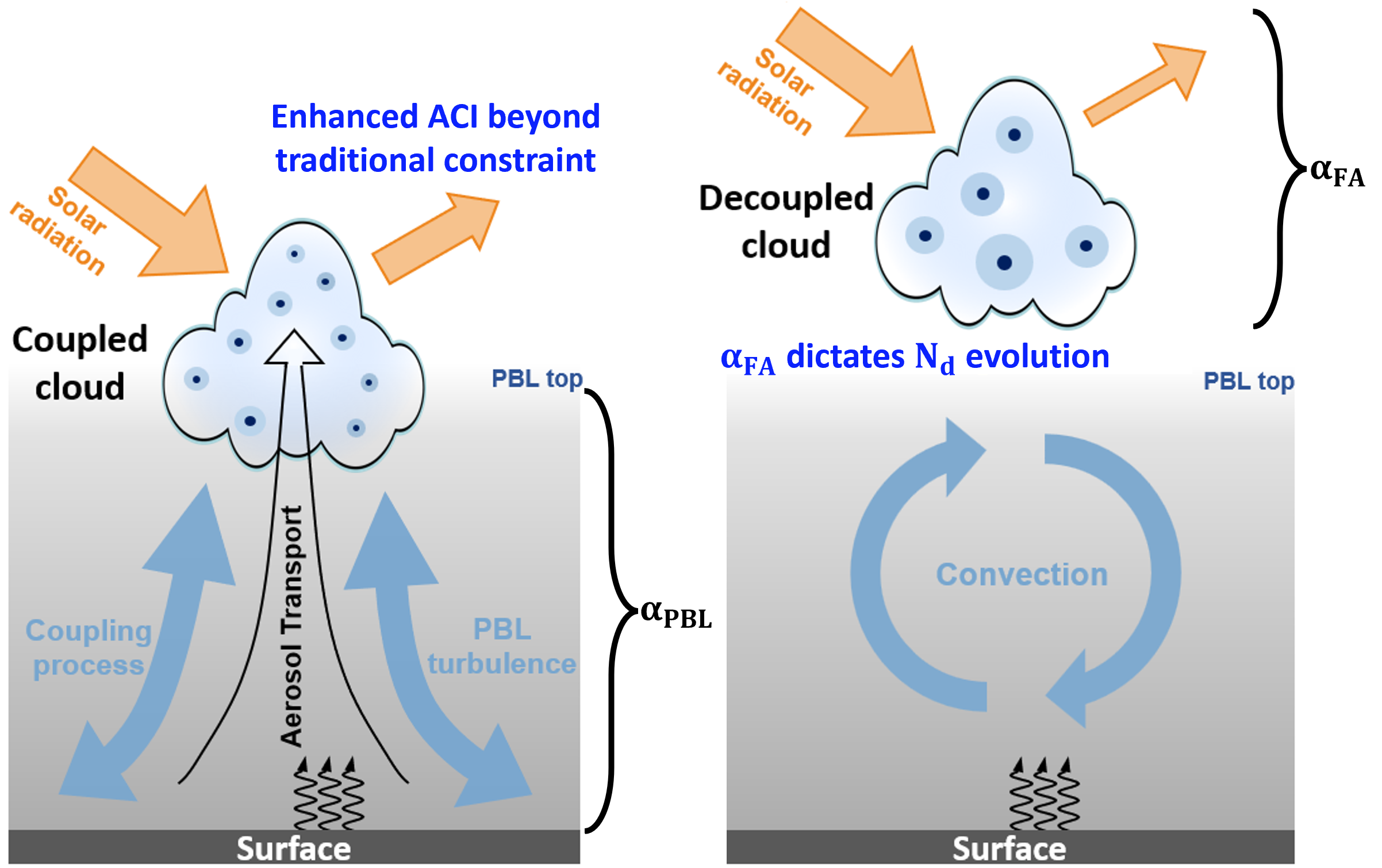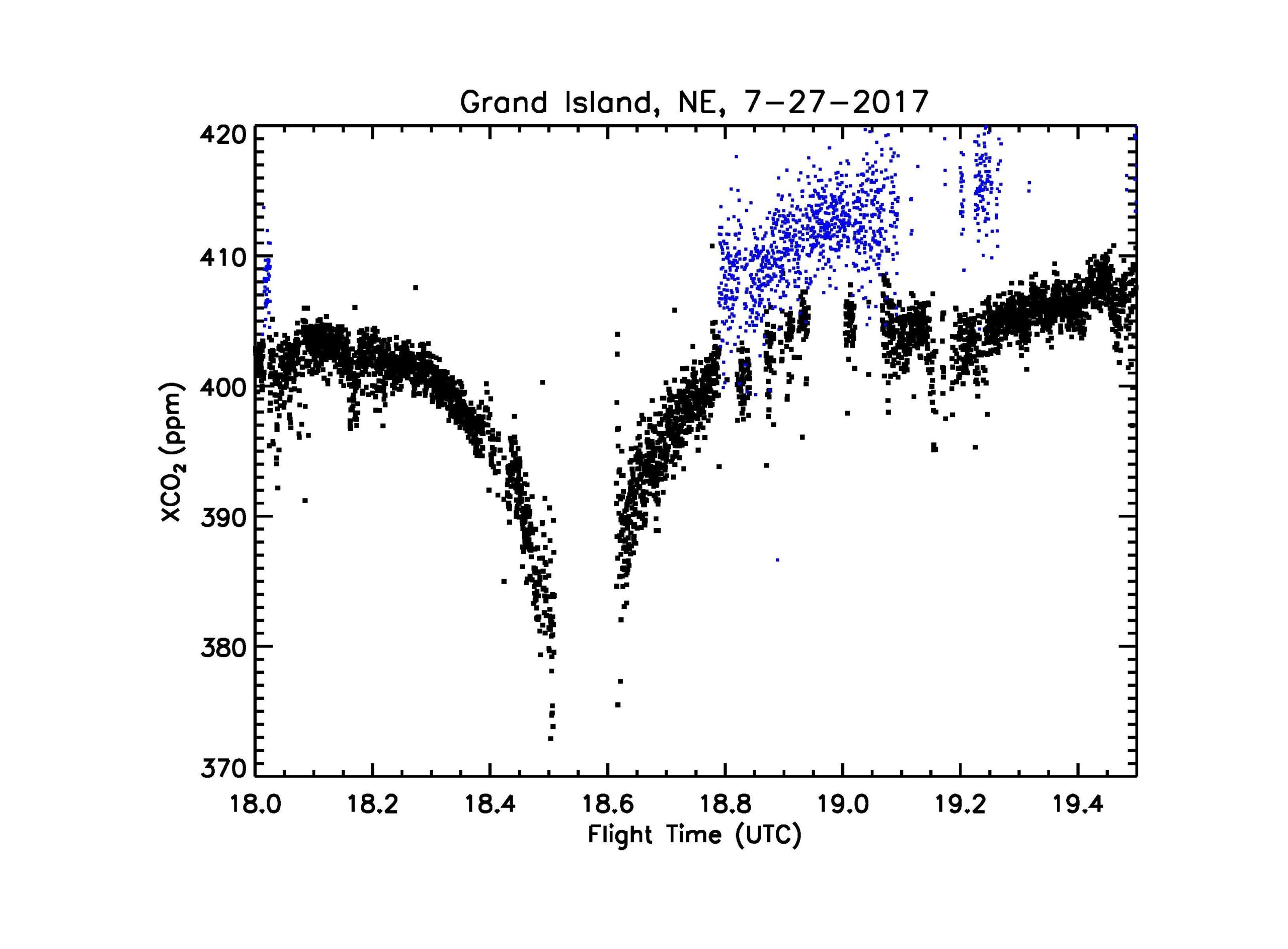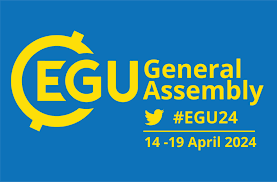
Mishonov Presents World Ocean Database 2023
Last month, Alexey Mishonov participated in the International Conference on Marine Data and Information Systems (IMDIS24), held in Bergen, Norway.

Last month, Alexey Mishonov participated in the International Conference on Marine Data and Information Systems (IMDIS24), held in Bergen, Norway.

ESSIC Scientist Min Huang is first author on a new article published in Eos, the American Geophysical Union’s science magazine. The article, titled “An Air Quality Model That Is Evolving with the Times”, discusses how the Sulfur Transport and Deposition Model (STEM) continues to find new applications and value in environmental science and policy making.

ESSIC/CISESS scientist Chris Grassotti along with CIRA and NOAA researchers Shuyan Liu and Quanhua (Mark) Liu, recently published a paper in the IEEE Journal of Selected Topics in Applied Earth Observations and Remote Sensing titled “Warm-Season Microwave Integrated Retrieval System (MiRS) Precipitation Improvement Using Machine Learning Methods”.

On Earth Day 2024, Lisa Milani visited several schools in Italy participating in The Global Precipitation Measurement Mission (GPM) Mentorship Program – Educator Track. The

A key to improve climate prediction is to improve understanding of the impact of aerosol on clouds, or commonly known as the aerosol-cloud-interaction according to a new study led by Earth System Science Interdisciplinary Center (ESSIC) researchers published today in Science Advances.

ESSIC/CISESS Scientist Liqing Jiang recently hosted the first International Workshop to Advance Ocean Carbon and Acidification Data Management and Interoperability in Venice, Italy on May 7-8 2024.

Jianping Mao is first author on a new paper in Atmospheric Measurement Techniques titled, “Airborne lidar measurements of atmospheric CO2 column concentrations to cloud tops made during the 2017 ASCENDS/ABoVE campaign”.

On Saturday, April 27, ESSIC faculty and staff gathered to celebrate Maryland Day, the University of Maryland’s largest community outreach event! This was the 26th year that the university held the event, and the 24th time that ESSIC has participated.

From April 14-19, several ESSIC and CISESS scientists traveled to Vienna, Austria to participate in the European Geosciences Union General Assembly. See the presentations below. Names of ESSIC scientists are bolded.

ESSIC scientists Chelsea Parker and Veljko Petković were honored at the 2024 Maryland Research Excellence Celebration for their “for their demonstrable elevation of the visibility and reputation of the University of Maryland Research Enterprise.”